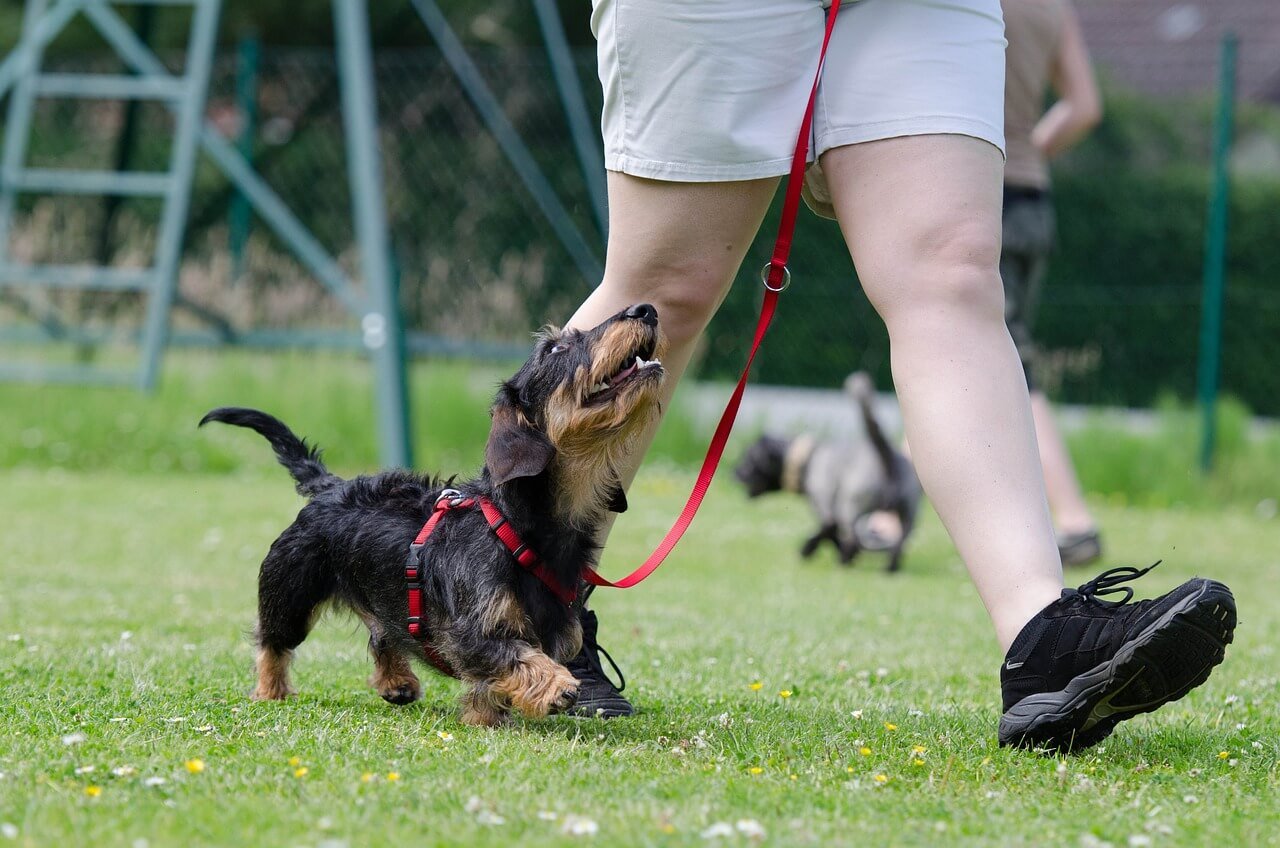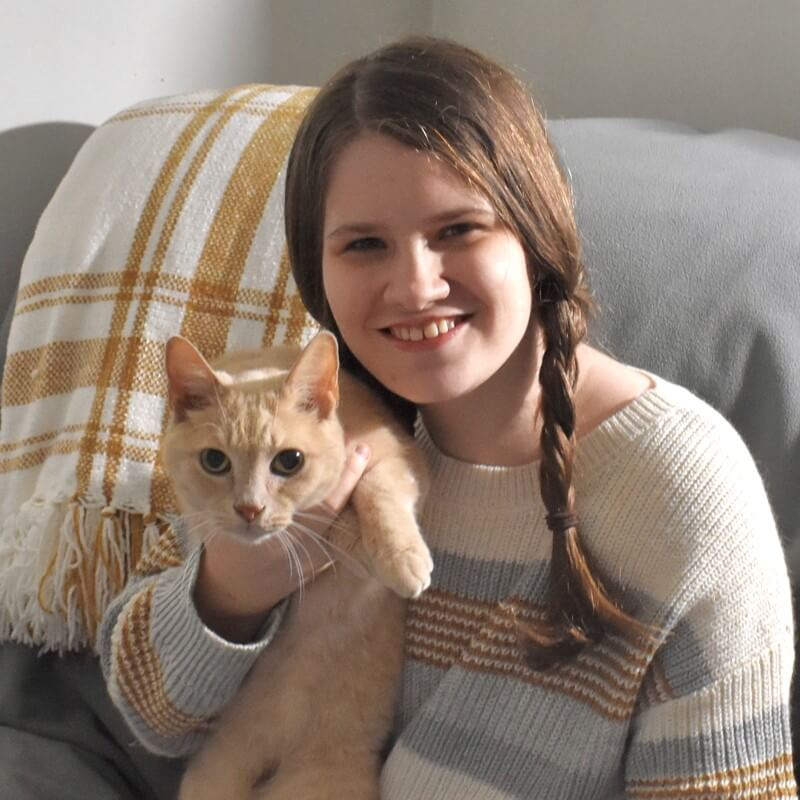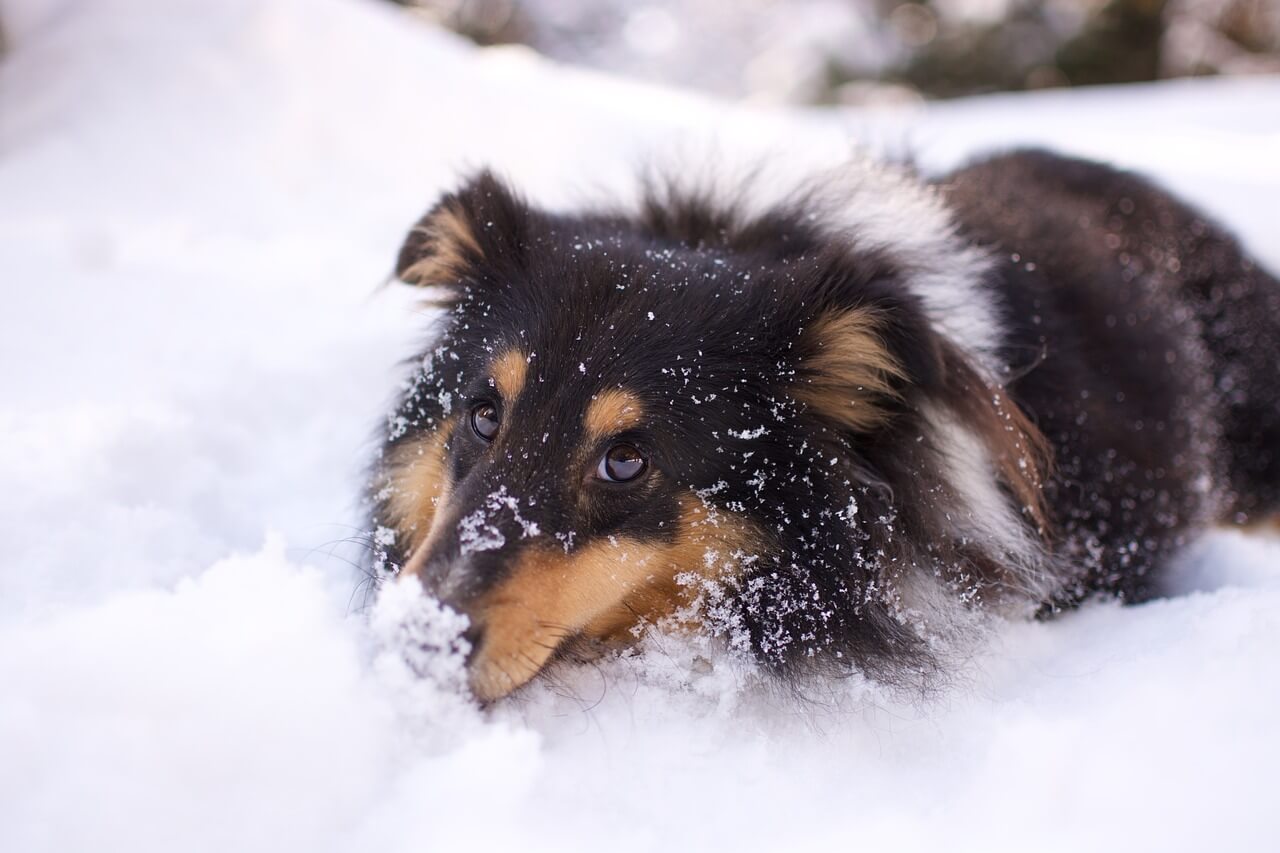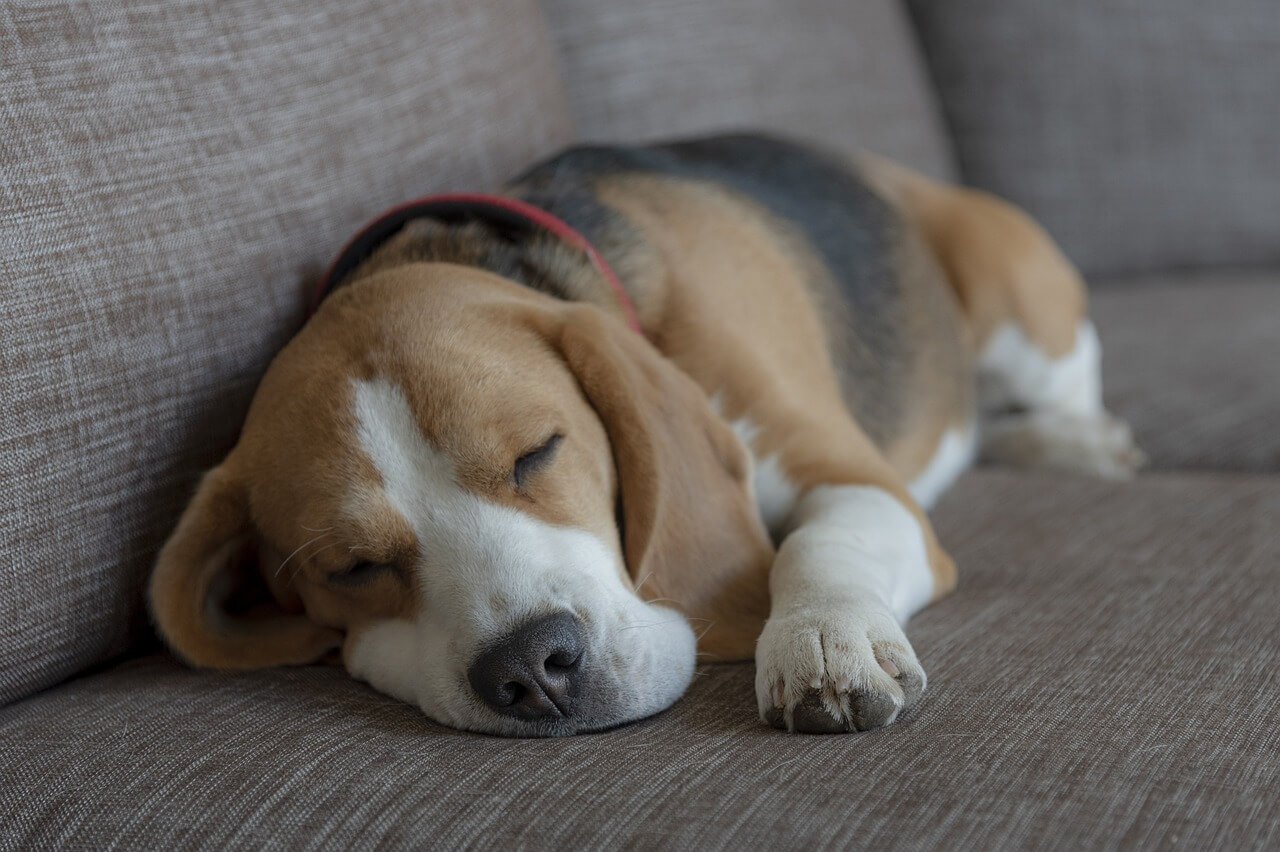Training your puppy at an early age is essential to helping them grow into confident, well-behaved adult dogs. The process should start as soon as you bring your new puppy home. But keep in mind, puppy training should be done in short, consistent training sessions, and expectations should be age-appropriate, especially for young puppies.
In this guide, we’ll cover when to begin training a puppy, how to establish a complete puppy training schedule, tips for potty training, and more to ensure your puppy grows into a well-mannered companion.
What is the Best Age to Start Training a Puppy?
When to begin training your puppy is a common question for new dog owners. The answer is simple: training starts as soon as you bring your puppy home. At this young age, most puppies are learning informally, absorbing important lessons from their environment, mother, and siblings.
However, once your puppy is home, it’s time to introduce structured training. Training your puppy at this young age helps them avoid developing bad habits later. This includes basic commands, leash training, crate training, and proper socialization.
Complete Puppy Training Schedule
A solid puppy training schedule is crucial to set your puppy up for success. Here’s a guide to what you should be teaching your puppy during their first months:
Week 8-12: Begin with name recognition, basic obedience commands like "sit," "stay," and "come." Keep the training sessions short and use plenty of positive reinforcement.
Week 12-16: This is a great time to start potty training. Your puppy is now old enough to start holding their bladder longer, but they’ll still need frequent potty breaks. Start a consistent potty training schedule and reward them immediately after going outside.
Week 16 and beyond: Introduce more advanced obedience training. Continue practicing basic cues while adding new commands like “leave it” and “drop it.” Start leash training in different environments to help your puppy adjust to various stimuli.
Remember, patience is key! Your puppy’s training should be consistent, and you should always end training sessions on a positive note.
Potty Training Tips for Your Puppy
Potty training can be one of the most challenging aspects of puppy ownership, but a consistent routine makes it easier. A common rule of thumb is that a puppy can hold their bladder for about one hour per month of age. Therefore, a 12-week-old puppy can hold it for about three hours.
Here’s a simple potty training schedule:
Take your puppy outside first thing in the morning, after meals, after playtime, and right before bed.
Watch for signs your puppy needs to go, like sniffing around or circling.
Stay outside with your puppy and wait until they go. Reward them with treats and praise immediately.
During the night, expect to wake up for a couple of potty breaks until your puppy is older.
Cues to Start With
There are so many things for your new puppy to learn that it can be overwhelming, even for us humans! Start with these:
- Your puppy’s name. Use it often, speaking to your dog gently. Try not to associate their name with punishment or scolding.
- Manners, such as not jumping up or biting people. Exercise pens, baby gates, and chew toys can help to manage or distract a young puppy until they’re old enough to know better.
Juguete interactivo para perros de juguete con chirriador de cordero de peluche

€5,95
€8,95
Regálale a tu amigo diversión y comodidad con nuestro lindo juguete de peluche con chirriador de oveja. Adecuado para perros de cualquier tamaño, este encantador y abrazable juguete está diseñado para entretener, atraer y ofrecer consuelo a su mascota. Oveja… read more
- Basic commands like "sit," "down," and "stay" are essential for all adult dogs, providing a solid foundation for more advanced training. Whether you're at home or using a dog car seat during travel, teaching these cues ensures your pet remains safe and well-behaved in any situation.
Cama para asiento de coche para perros, Asiento de automóvil para perros - Primera clase
 Cama para asiento de coche para perros, Asiento de automóvil para perros - Primera clase
Cama para asiento de coche para perros, Asiento de automóvil para perros - Primera clase









